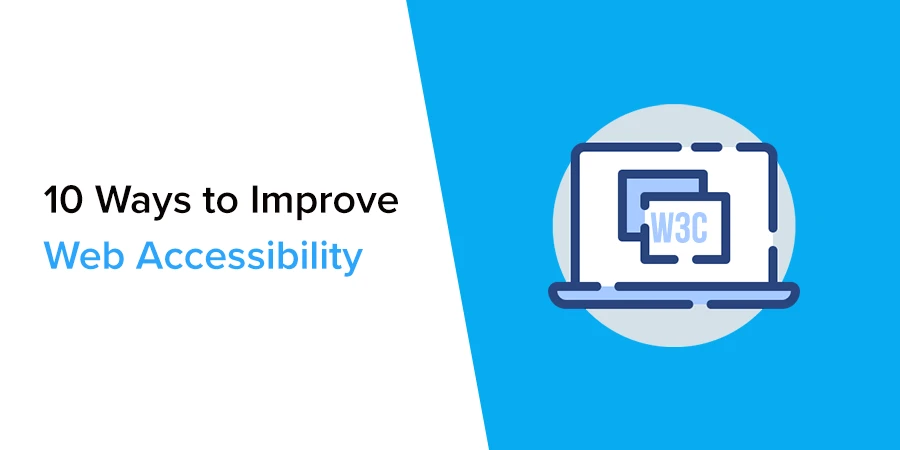0818 Work Insights
Your go-to source for the latest work trends, tips, and advice.
Web Accessibility: The Secret Sauce for Engaging All Users
Unlock the secret to engaging every user! Discover how web accessibility transforms your website into an inclusive powerhouse.
What is Web Accessibility and Why Does It Matter for User Engagement?
Web accessibility refers to the practice of designing websites and web applications that are usable by people of all abilities and disabilities. This includes considering various factors such as visual impairments, hearing disabilities, and motor difficulties, ensuring that everyone can access content without barriers. By implementing accessibility features, such as keyboard navigation, alt text for images, and clear contrast in colors, web developers can create an inclusive environment that allows all users to interact effectively with online resources.
The importance of web accessibility extends beyond just compliance with legal standards; it directly impacts user engagement. Websites that prioritize accessibility often experience higher retention rates and improved user satisfaction. Accessible designs promote a positive user experience, encouraging visitors to explore further, share content, and return in the future. Additionally, by reaching a wider audience, businesses can enhance their overall online visibility and reputation, making accessibility not just a moral obligation but a strategic advantage.

Top 10 Web Accessibility Best Practices to Enhance User Experience
Ensuring web accessibility is crucial for enhancing user experience for all individuals, including those with disabilities. Implementing the top 10 web accessibility best practices not only meets legal requirements but also broadens your audience reach. Start by following the Web Content Accessibility Guidelines (WCAG) which provide a strong foundation for creating accessible content. These guidelines emphasize the importance of providing text alternatives for non-text content, enabling visually impaired users to understand images through descriptive alt text.
Another essential best practice is to use clear and descriptive link texts. Avoid generic terms like "click here" and use specific descriptions that convey the purpose of the link. Additionally, ensure that your site's color contrast ratios enable readability, especially for users with visual impairments. Utilize keyboard navigation to allow users who cannot use a mouse to navigate seamlessly. Lastly, regularly conduct accessibility audits to identify and rectify potential issues. Implementing these web accessibility best practices will significantly enhance the user experience for everyone visiting your site.
How to Evaluate Your Website's Accessibility: A Step-by-Step Guide
Evaluating your website's accessibility is essential to ensure that all users, including those with disabilities, can navigate and interact with your content. Start by performing a manual evaluation of your site. This includes checking for the use of appropriate alt text for images, ensuring that all text is readable and properly contrasted, and verifying that forms are labeled correctly. To aid in your evaluation, consider using an ordered list of criteria:
- Check navigational elements for keyboard accessibility.
- Assess color contrast ratios with web accessibility tools.
- Verify that multimedia content has sufficient text alternatives.
Next, utilize automated accessibility testing tools to complement your manual assessments. While these tools can quickly identify many issues, they may not catch everything, which is why a combination of methods is most effective. After running an automated test, review the results and focus on the flagged issues that impact user experience. Prioritize addressing critical accessibility barriers such as missing alt attributes, improper heading structures, and other essential components. Remember to involve real users with disabilities to gather valuable feedback on your website's accessibility, as they can provide insights that automated tools cannot.